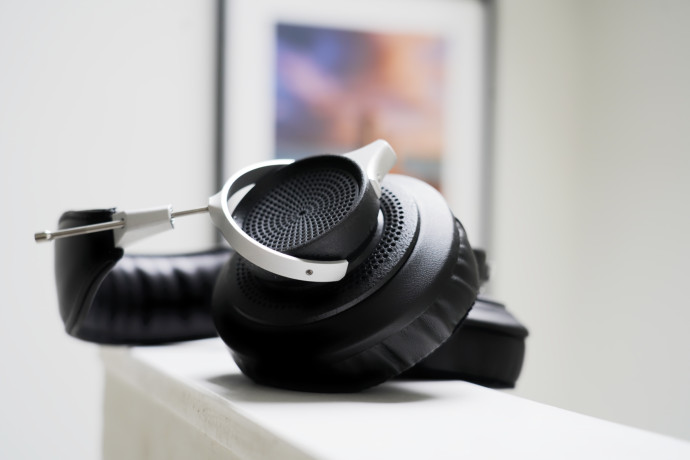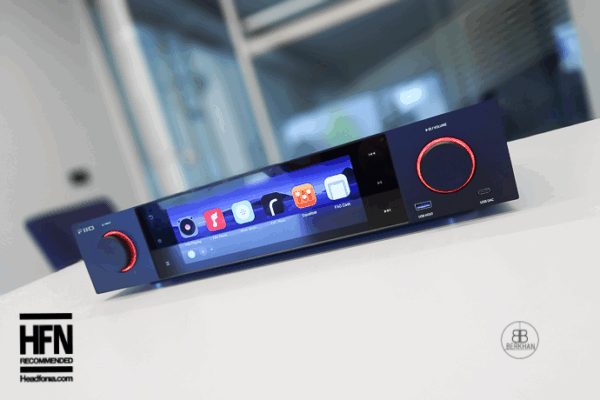Today we review the Mirph-1, the first open-back headphone from the brand. A dynamic headphone, assembled by hand in Munich, priced at just €695 EUR.
Disclaimer: the Mirph-1 was sent to us free of charge by the brand, in exchange for our honest opinion.
Mirph
Founded in 2024, Mirph Designs is a young brand that focused on one product only – at least for now – the Mirph-1. Based in Munich, Germany, there’s not much to be found on their website regarding the team or the story behind the creation, but following their Instagram account, I could follow the birth of that first headphone, right from the first prototype back in early 2024, up to this year.
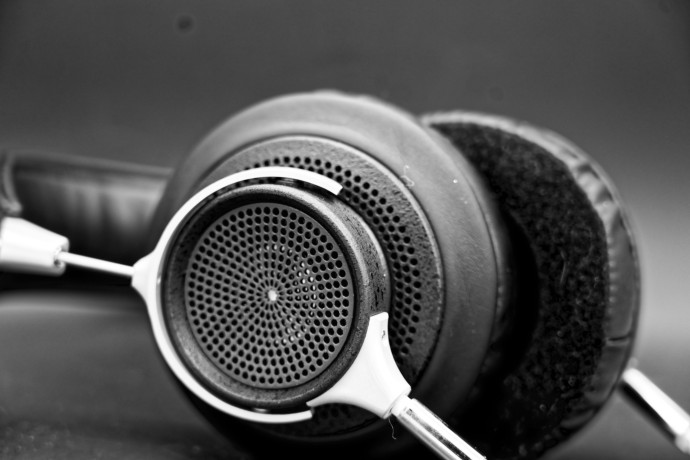
From that, I could deduct a few things:
- Mirph design team is pretty small, and (I assume) pretty young
- like bespoke watch or whisky, each headphone is handmade in (very) small batches – I like that
- for an headphone built from scratch, there are some very clever ideas, that we’ll speak about later in this review
- Homero (the founder) seems like a nice guy
Apart from that, there’s little more to say about Mirph, so let’s dig into the review and discover the Mirph-1.
Design & Build Quality
Shell
For their first headphone, the R&D team at Mirph did quite a good job, creating a headphone that looks and feels retro futuristic, sturdy, and, frankly, quite good-looking. Out of the box, it kind of reminded me of Grado headphones, or the old Superplux models for those that have some memories of the Chinese brand, but with a distinctive touch thanks to some bold design choices.
The headband is simple, with nice stitches all over, and the thin rods maintaining the yoke and the headband have some nice retro vibes, even if I’m not the biggest fan of that kind of design. I don’t say that’s a bad thing though, the German brand striking right with the Mirph-1, but I may have preferred a thicker tube to hold the cups.
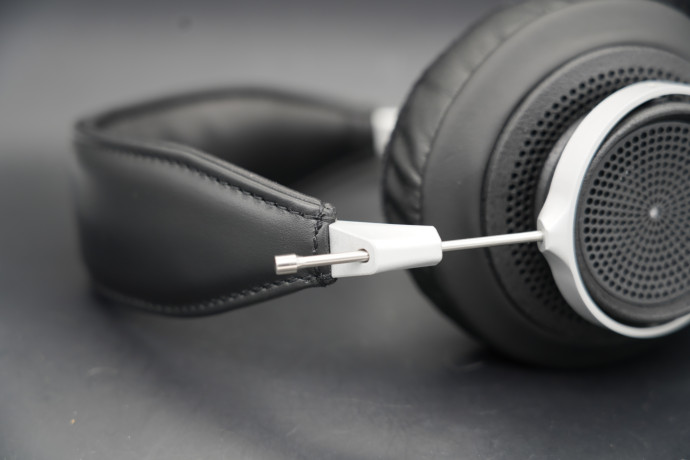
Regarding the cups themselves, both were 3D-printed but somehow they added a nice granular touch that gives some good grip in hand. Sure, it’s not as dense and hefty as some other open-back headsets like Meze’s new 105 AER, but I found the Mirph more enjoyable as it is, even if the Meze displayed a more refined presentation.
And, if the lightness of it gave a plasticky feeling the first time, on the second try I found the overall finish much more impressive than on my first look. Of course, if resin isn’t your thing, the Audeze and Shanling might be more up your alley. But again, considering the price, the result is surprisingly elegant, and I’m pretty sure these could easily stand next to higher-end models from Grado without feeling out of place.
Build quality
Even though not exactly cheap, the Mirph-1 build quality has to be praised.
The frame feels sturdy, with no creaks or unnecessary flex, the sliding headband glides well, stopping exactly where you need it, even if it required me to exert more force than I hoped for, and overall, every material used on this headset really felt premium – from the stem, up the cable.
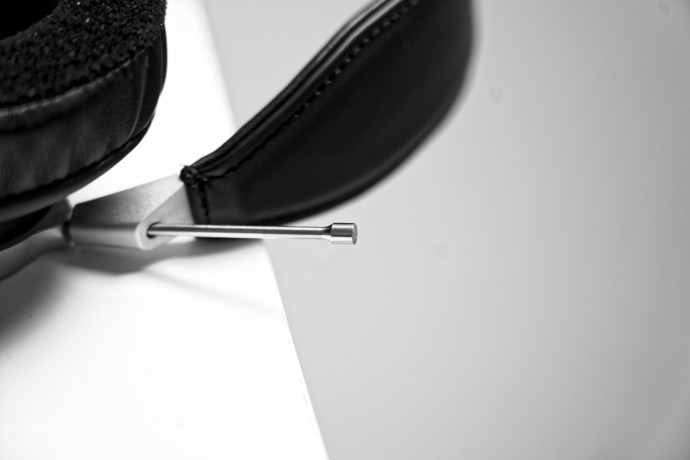
Upon closer inspection, I was also impressed by how tightly integrated the whole built was, even more for a first creation. The screws were swiftly hidden under recessed holes, the transducer basket was designed to be fitted directly into the earpad mount, and even the stem was given some love with its glossy finish.
The headband remains in stainless steel for better torsion resistance, but apart from that, all the other pieces seem to be made of the same aircraft-grade, anodized, aluminum. Pair that with ultra-thick earpads, made of breathable pleather earpads, filled soft-foam padding, sturdy home-made braided cables, and you end up with a very satisfying experience.
The cherry on top? The whole headphone was designed to be disassembled so that every part could be replaced – like Meze and the 99 classics. A clever approach that makes the Mirph-1 even more appealing to me, or any eco-conscious listener, which explains the lower number of parts used on this headset.
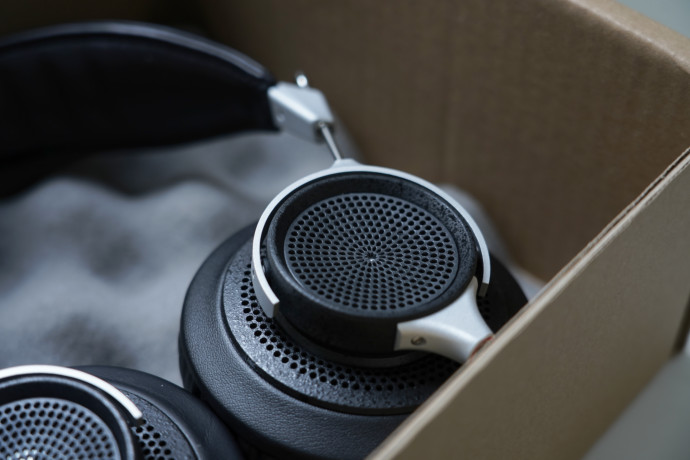
The only downside for me: there’s no stop for the headband rodes – like Grado – and if that removes a failure point, I find it a bit annoying to feel the cups rotating uncontrollably… But, that’s really me just nit-picking.
So far so good, so let’s see how they fit now.
Comfort
Over the head
With super wide cups, large pads filled with memory foam, a large headband, and a Y-cable, the Mirph-1 was easy to wear, even during long listening sessions.
The clamping force is just right—neither too tight nor too loose—and the earpads are marvelous, filled with memory foam that molds to your ears perfectly. Even if it missed precise adjustment steps, I never struggled to find the right fit for my head, whether during casual listening or longer, more immersive sessions.
Again, I found the Y-cable design to be more ergonomic than the typical one-sided cable usually seen on modern headphones, allowing for better weight distribution, without the constant pull you sometimes feel from the single-sided setup. Overall, these little touches enhance both comfort and usability, making the Mirph a real joy to use.
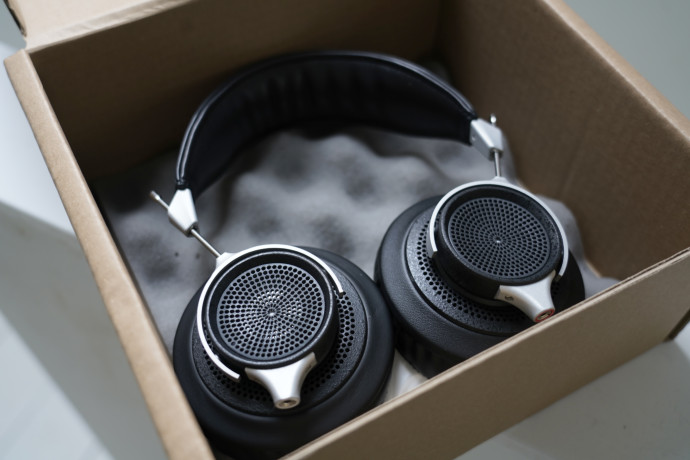
Isolation
Obviously, with an open-back design, isolation on the Mirph-1 is quite inexistent even if it offers a mild damping over some high-frequencies.
So, time to check the specs!
The article continues on Page two, after the click here
Page 1: About the brand, design, comfort
Page 2: Specifications, bundle
Page 3: Sound performance







